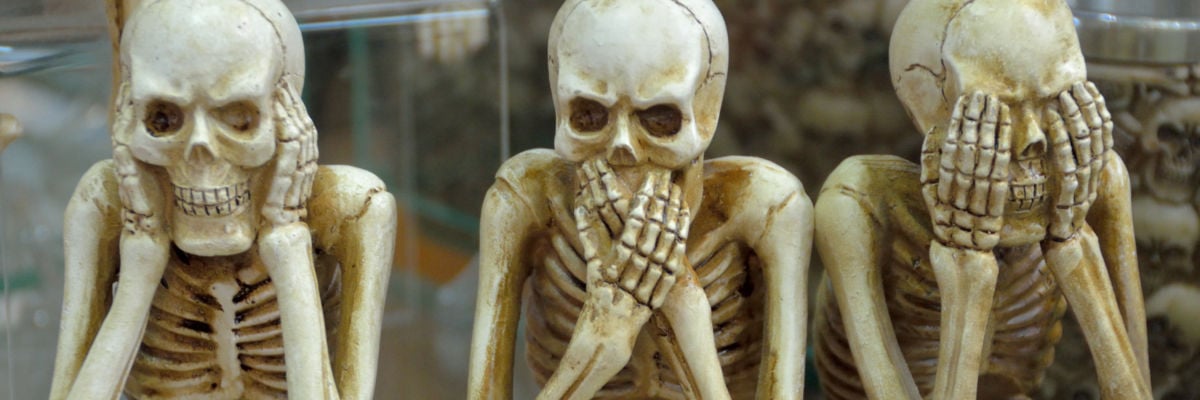
Neo-pagan websites claim that Halloween was an attempt by early Christians to “baptize” the Gaelic harvest festival of Samhain. Because of this persistent idea, some Christians are hesitant to participate in anything associated with Halloween. Brad Winsted of the Christian Broadcasting Network explains,
Even a cursory look at the origins of Halloween will reveal satanic rituals played out in trick and treating [sic], jack-o-lanterns, witches, ghosts, the dead, and on and on. If you’ve ever taken time to research any of these Halloween practices you’ll see the satanic background from the Celtic tribes of Scotland and Ireland.
But, like many other claims that Catholicism adopted pagan practices and beliefs, this myth is also based on bad research and propaganda that developed after the Protestant Reformation. Given the contempt of the reformers for the Catholic doctrine of Purgatory and prayers for the dead, this development is not surprising.
The desire of Christians to distance themselves from anything pagan can be seen in documents dating all the way back to the New Testament. It should not come as a surprise that even in our own time, Christians are cautious to adopt elements of pagan ritual. But do we need to throw the baby out with the bathwater?
From nearly the beginning of Christianity, it has been a customary practice to solemnize the anniversary of a martyr’s death. This was normally done at the church nearest the place where the martyrdom occurred. By the fourth century, neighboring churches had begun to celebrate common feasts.
According to the Original Catholic Encyclopedia, Pope “Gregory III (731-741) consecrated a chapel in the Basilica of St. Peter to all the saints and fixed the anniversary for 1 November.”
Although this date had become significant for the Christians in the West, it was not yet a universally recognized feast. Sixty years later, Pope Gregory IV commanded that All Saints be observed everywhere annually on the first day of November.
Evening vigils on the day before a feast or solemnity are customary in the Catholic Faith, and so Halloween falls on October 31 because it is the vigil before All Saints’ Day, and not because the Church wanted to “baptize” Samhain or any other pagan celebration.
Samhain was a festival that marked the beginning of winter in Ireland, but the historical evidence does not support the idea that it involved jack-o-lanterns, witches, ghosts, or religious ceremonies. In his book Stations of the Sun, historian Ronald Hutton explains:
The medieval records furnish no evidence that 1 November was a major pan-Celtic festival, and none of religious ceremonies, even where it was observed.
There are some folk tales where humans have dealings with deities or monsters that end or begin on Samhain, but as Hutton concludes,
their point cannot be proved from the tales themselves; it could just be that several narratives are started, set, or concluded at this feast because it represented an ideal context, being a major gathering of royalty and warriors with time on their hands.
Virtually all of the customs associated with the modern secular celebration of Halloween developed only in the past 500 years and have very few (if any) connections to ancient pagan religious practices.
What’s a Catholic to do? Although it is true that most of the customs practiced on Halloween here in the United States cannot be traced back to ancient pagan religions, this does not mean some of them are not problematic.
I would never have been comfortable with my daughter dressing up as a devil or a witch for Halloween, but I never had a problem allowing her to go trick-or-treating with her friends. Most of the time she wanted to dress as her favorite movie or cartoon character. I use the opportunity every year to tell her about the Catholic origins of Halloween.
My good friend Fr. Amaro Saumell used to open the parish hall on Halloween night and invite the children and their parents to come dressed as their favorite saints. I understand that this is popular in parishes throughout the country, and I think that is great.
As Catholics, the most important thing we need to remember is that Halloween is the vigil before a very important feast day, where we honor the saints in heaven, who dedicated their lives (and in many cases gave them up) to advance the cause of Christ and his Church.



